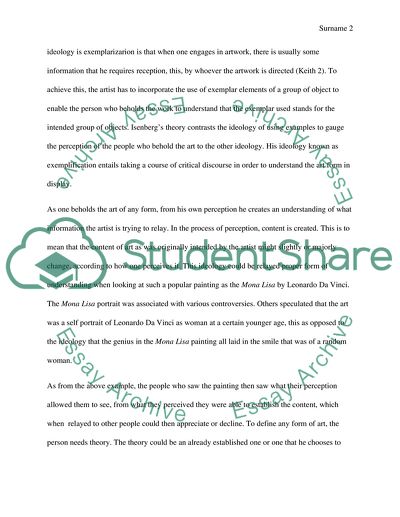Cite this document
(“Art, Self & Knowledge - Aesthetics Book Review and Thought Essay”, n.d.)
Art, Self & Knowledge - Aesthetics Book Review and Thought Essay. Retrieved from https://studentshare.org/philosophy/1640605-art-self-knowledge-aesthetics-book-review-and-thought
Art, Self & Knowledge - Aesthetics Book Review and Thought Essay. Retrieved from https://studentshare.org/philosophy/1640605-art-self-knowledge-aesthetics-book-review-and-thought
(Art, Self & Knowledge - Aesthetics Book Review and Thought Essay)
Art, Self & Knowledge - Aesthetics Book Review and Thought Essay. https://studentshare.org/philosophy/1640605-art-self-knowledge-aesthetics-book-review-and-thought.
Art, Self & Knowledge - Aesthetics Book Review and Thought Essay. https://studentshare.org/philosophy/1640605-art-self-knowledge-aesthetics-book-review-and-thought.
“Art, Self & Knowledge - Aesthetics Book Review and Thought Essay”, n.d. https://studentshare.org/philosophy/1640605-art-self-knowledge-aesthetics-book-review-and-thought.


